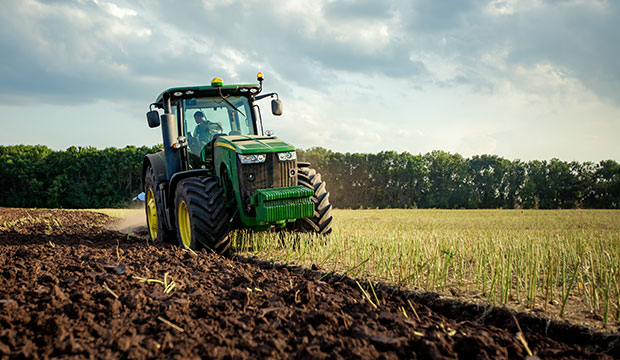Thanks to PSPA Member Duncan Allison for this update on our current food system and the pandemic.
Globally the food system from field to fork accounts for 10% of world GDP and employs an estimated 1.5 billion people. In the US our complex system has developed over the years and it is estimated that our food typically travels 1,500 miles from source to final consumer. Since we all need food every day and it is supplied through a huge and complex food chain, it is not surprising our food supply has been severely tested during this COVID-10 pandemic. It is important to consumers understand that the supply chain and the millions of people it involves are “as essential as the nurse, the doctor, the fireman… they’re as essential as the guy in the grocery store.”
Food is essentially produced on farms, is transported for slaughter, processing, packaging and delivery to the distribution centers for marketing through the distribution chain that serves individual stores and the separate chain that supplies bulk food to restaurants, schools, etc. Approximately three million truck drivers are needed to transport our food.
We rely heavily on farm labor from Central America, mainly Mexico, as Americans are not keen to work on the land. The critical H-2A visas were more difficult to obtain so there have been some challenges getting labor particularly for vegetable and fruit harvesting. California has become a critical food supplier and it has been estimated that it has been one of the hardest hit states with COVID-19 so reducing the availability of workers and drivers.
The current pandemic has been severely testing the whole system and has caused us to be acutely aware of the complexities of our food distribution. Restaurants and A Category Partners survey found that 47% of consumers say their household is bringing in less income due to COVID-19. The combination of the requested widespread closing of restaurants resulted in many more people having to be reliant on their local food and farm stores.
Restaurants are major consumers of milk so some dairy farmers were not able to sell their milk which had to be destroyed or spread on their fields. As many as 16,000 restaurants have closed down permanently and Ruby Tuesday has closed 150 stores and TGI Friday has shutdown 75 stores.
We typically spend about the same on the food we purchase for cooking at home as for the food we consume at restaurants and fast food stores so this massive closing meant that consumers have had to rely on their local food chains and farm stores for their food supplies. This meant that sometimes local stores had many more customers and they occasionally ran out of some food items.
Many of them were quick to offer home delivery service so had to employ more people to provide this service. On line grocery sales reached $7.2 billion in June with the 45.6 million households requiring greater online fulfilment capacity by retailers so representing “astronomical growth in demand for shopping online.” Fresh produce sales for the week ending July 19 were $1.41 billion up $154 million above the same period in 2019. It is probably reasonable to assume that food will be increasingly redirected from food service to retail and local food.
The requirement to remain at home encouraged many people to explore sources of local food, particularly fruit and vegetables. In fact fresh vegetable sales increased by 16.1% with fresh fruit up 6.5%. Organic vegetables and fruit sales almost doubled.
It may be too early to take any firm conclusions from the impact of COVID on food sales. It is likely that more people will work from home – how will this affect their food purchasing? It is clear that locally produced fruit, vegetables and other meat are also increasingly popular. Will consumers be anxious to buy more local food? Will this offer a much larger potential for locally produced fruit, vegetables, meat, dairy products etc.?
We do know that there has been strong interest in plant-based food options. Could the current strong interest in plant-based meat become much more widespread? What can restaurants do to gain back their customers? Could it be that eating out will become less popular and as a result we spend significantly less on food away from home? At the moment we spend almost the same on food at home as away from home. These are all trends that will need to be watched very closely.
Clearly COVID-19 has been extremely disrupting to our food chain and we can expect not only some changes to the food distribution system but also some impacts on farming, particularly with regard to the increasing demand for locally produced crops. There are indications that consumers are becoming concerned about sustainability so this may also become an increasingly important element in making decision on food purchases .
The FAO concludes that food systems at all levels will be tested and strained. Bruce Peterson. Walmart has concluded that “No one would argue that events over the past six months are going to have a profound and lasting effect on the future of retailing and produce specifically.”

